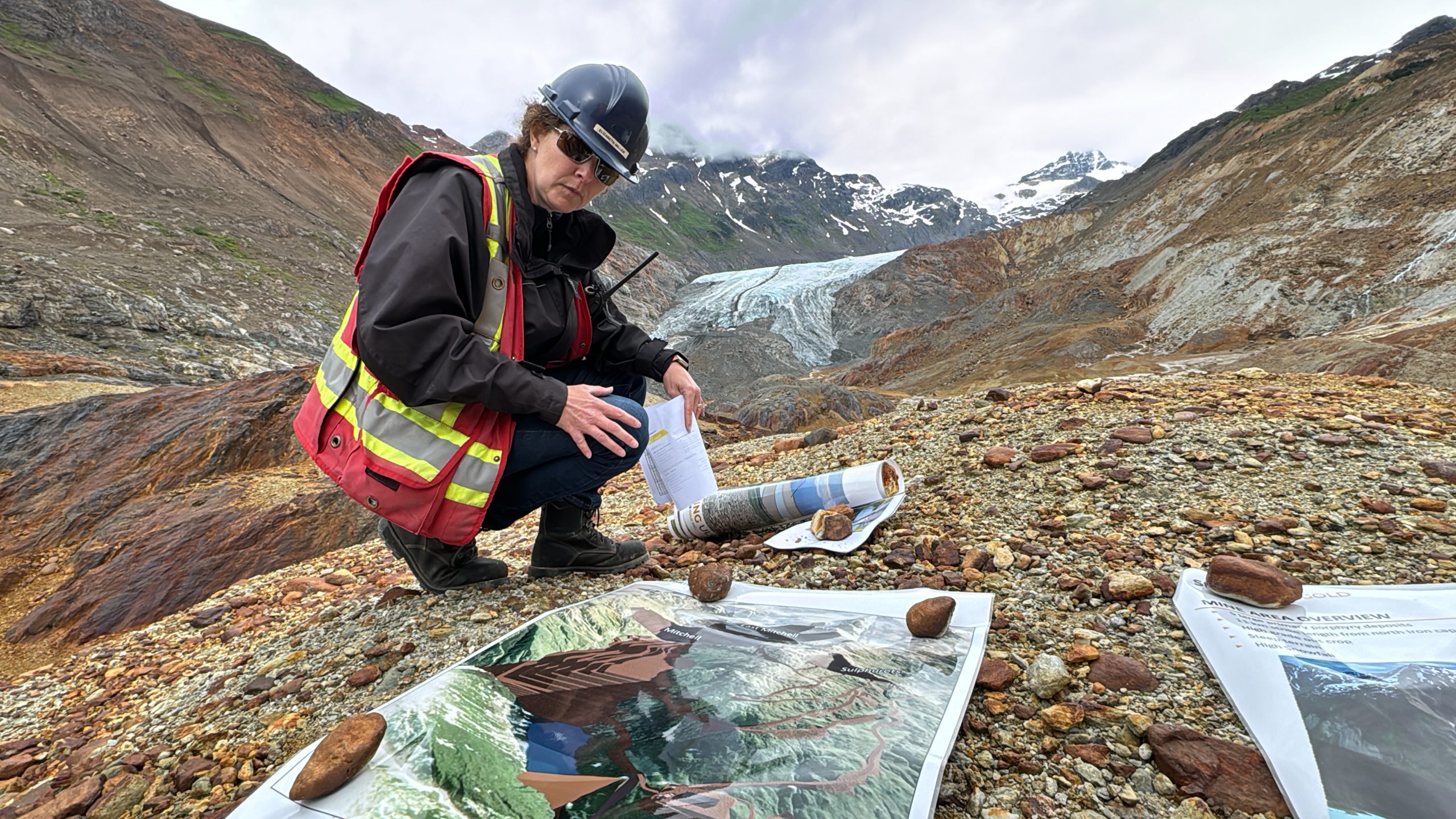“In GEM, we applied lessons learned from almost 10 years hosting the EZMT, including making it easier to learn and use, updating the software architecture, and choosing a name fitting its current scope of uses,” Jim Kuiper, principal geospatial engineer and GEM technical coordinator, said in a media statement.
According to Kuiper, the solution offers data regarding existing energy resources and infrastructure, and other information that might influence new energy infrastructure siting decisions.
“With over 190 different mapping layers — including demographics, boundaries and utilities — users can locate areas for clean power generation, electric vehicle charging stations and more,” he said.
The system also has nearly 100 modelling criteria to choose from such as population density, proximity to the nearest substation, slope, wildfire risk and low-income household percentage, among others. Nine types of energy resources can be analyzed for clean energy resource development. These include biomass, coal (with carbon capture and sequestration), geothermal, natural gas, nuclear, solar, storage, water and wind.
The tool, in its previous iteration, has been already used by government planners and regulators.
As an example, the Argonne Lab mentioned the Kentucky Office of Energy Policy, which resorted to the EZMT for prototyping their Solar Site Suitability on Reclaimed Mine Lands tool.
Other users include private industry, public service commissions and regional transmission organizations.




